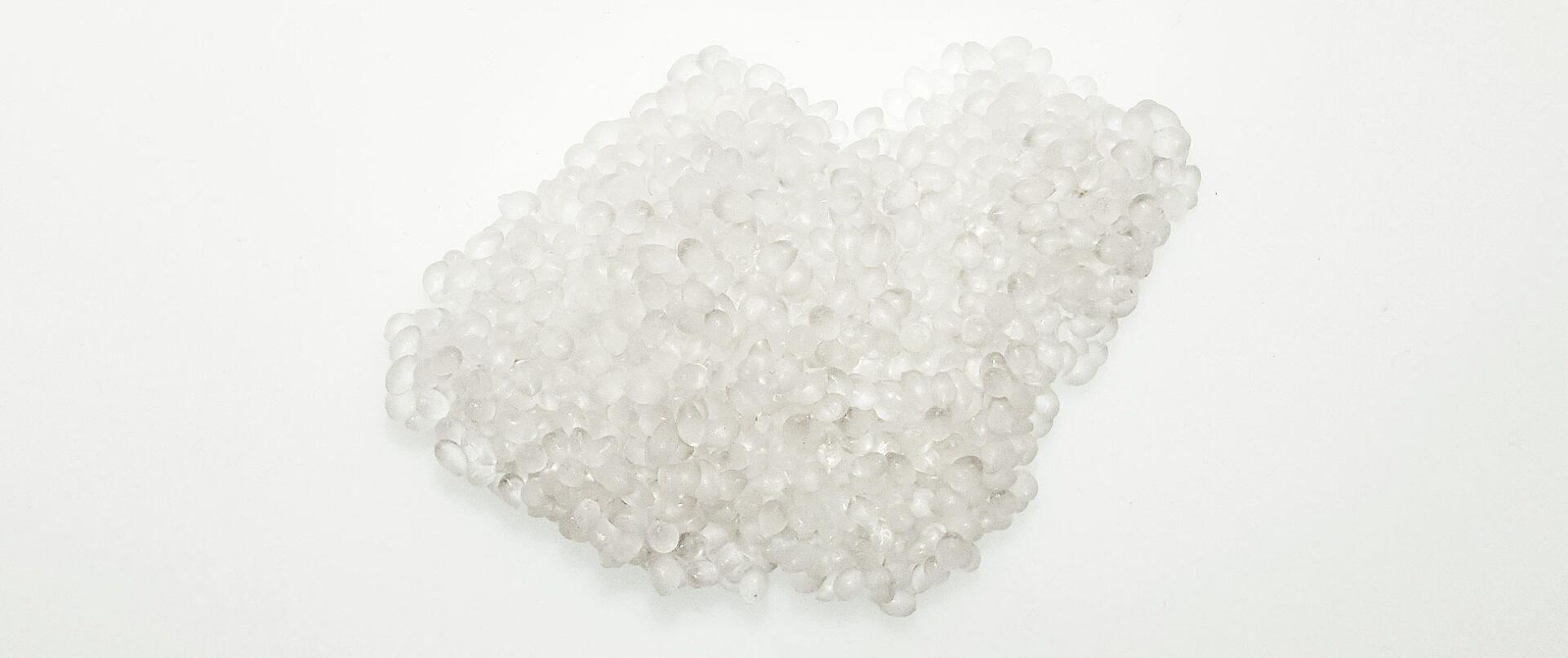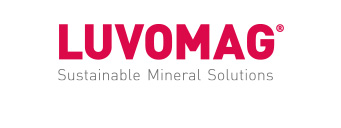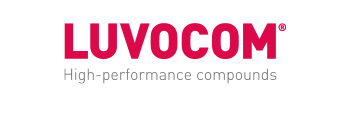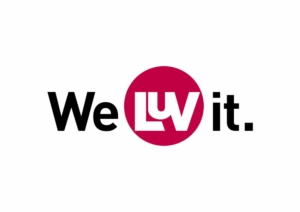“We can save our clients production time and money with our granulated hotmelts.”
Nadia Kursawe, Global Business Team Manager Masterbatches & Plastic Additives, and Process Technician Jan Malachowski explain in an interview how LEHVOSS has revolutionized hot melt production.
Jan Malachowski
Process Technician,
Lehmann&Voss
Nadia Kursawe
Global Business Team Manager Masterbatches & Plastic Additives














